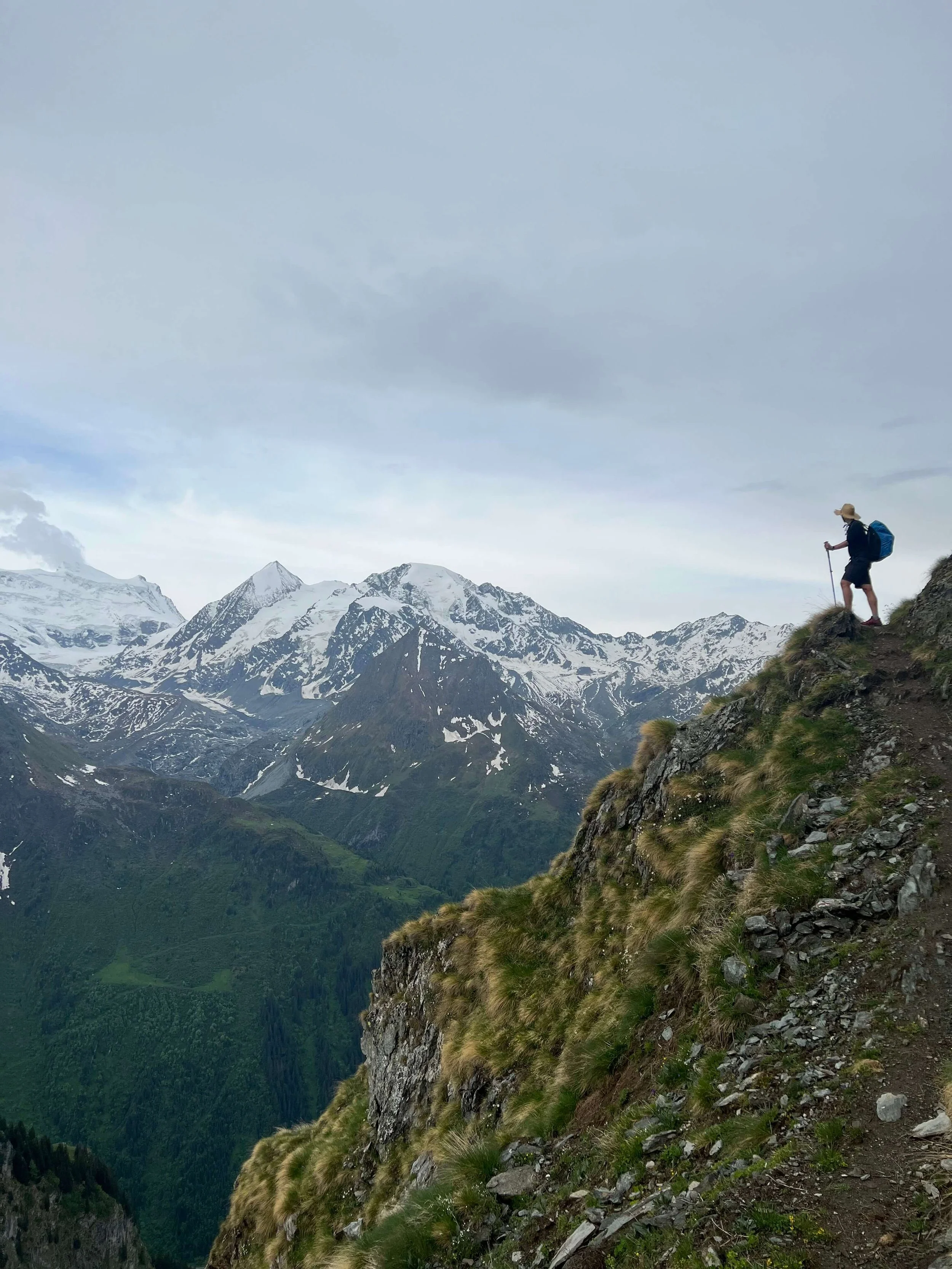Learn how we help hikers create their own training plan for the Alps.
Summer 2022: Our little family in the Alps
For those of you who don’t know, I spend the Summer in the Alps and the rest of the year living near Sydney, Australia. We moved back to fortress Australia during the COVID-19 pandemic and have enjoyed being near family while we raise our own 👨👩👧👦❤️.
I’m sharing this to highlight that I'm like most of you when it comes to my physical preparation for the Alps. I live at sea level, don’t have any Alps-sized mountains nearby, and lead a busy life with limited time for training. Come to the end of February each year; I need to seriously step up my training so I can once again achieve my ambitious annual Break The Trail hike, as part of our trail updates program.
In 2023, we worked with Stacey Hardin from Pique to Peak to design a new 3 month training program for hikers so they can create their own training plan for the Alps. As a hiker, Doctor of Physiotherapy, and Athletic Trainer, Stacey is perfectly qualified to teach fellow hikers. This has been the framework I’ve successfully used for the past two years and plan to use for the upcoming season.
Before I share my 2025 training plan, I want to highlight how my preparation for the Alps has changed over the years, and why having kids has, perhaps counter-intuitively, has improved my approach!
My Approach to training Before kids
Early suffering: The first couple of weeks was always tough!
It was much easier to allocate time for exercise before kids and therefore I was able to maintain a much stronger fitness base throughout the year. From March, I’d start doing a longer run each week and plan a few 2-3 day hikes to simulate the distances I planned to do in the Alps. Finding enough elevation in my local area to be comparable to the Alps was very difficult, so I would walk up and down a little hill nearby on a weekly basis to include some elevation training. I didn’t think to do any exercises to strengthen the necessary muscles for the impact on my body of elevation gains and losses - instead, believing good cardio fitness and step endurance would compensate.
The result of this training approach was a pass. I’d suffer but survive early on and finally feel mountain fit after 2-3 weeks of hiking around the Alps.
Why having kids has helped my preparation
Once my kids (currently 2 and 5 years old) came along, it became much harder to prioritise regular exercise. I would pinch moments where I cold and prioritize 1-2 longer sessions a week, which meant my fitness base during the offseason is much lower. Come March, rather than feeling like I need to fine-tune the same training I’ve been doing forever, I have turned to our 3 month training program to supercharge my preparation!
Preparing for the Alps in Sydney: My little hill of many repeats
Enter Stacey and Pique to Peak
Stacey Hardin, Founder of Pique to Peak
In December 2022, Stacey Hardin contacted me to see whether The Hiking Club community needed help to prepare to hike in the Alps. She had completed the Tour du Mont Blanc and was surprised by the number of people suffering or injured on the trail. As a hiker, Doctor of Physiotherapy, and Athletic Trainer, she knew how to help. After being unable to find a training company focused on supporting people doing bucket list hikes, she started Pique to Peak to provide the necessary education, programs, and consultation.
Stacey started supporting The Hiking Club community with a guest blog post “Prepare your body for hiking in the Alps”, where she shared factors that cause injuries on the trail and introduced a few simple exercises that can address them. It was a popular blog post and highlighted that many people were conscious about physically preparing for the trail. We originally came up with the idea to co-host a broad Preparation Bootcamp but quickly realised that a webinar and template to teach hikers how to create their own training plan for the Alps was what The Hiking Club community wanted.
My approach to training for the 2025 hiking season
After many discussions and iterations, we established a flexible training framework that was suitable for hiking in the Alps and could be applied to any trail. The framework also included a way for credit to be earned from activities that did record steps, such as swimming and bike riding. This was really important to ensure the plan could fit in with the normal recreational activities people usually did to improve adoption and enjoyment.
Basic training Principals and Plan Structure
The framework is built on the basic training principles of rest, strength training, and cardio/step endurance training. These principles are important to improve performance in both professional and recreational endeavors. In our training plan framework, they are used to create the weekly format. Each component is described in more detail below.
1. Strength training
Strength training is important to prepare your body for elevation changes. The two key reasons are;
It overloads your muscles and connective tissue to get it used to absorbing and producing big amounts of force which simulate the effects of elevation gains and losses
It increases your maximal strength which means each time you use your muscles for a particular action when hiking, such as stepping up or down, you’ll use a lower % of your maximal strength and therefore take longer to fatigue
Hikers should train 5 main muscle groups to prepare for the Alps. For those who use our training plan, Stacey has created videos to demonstrate how each exercise should be performed. These videos have been merged into 3 different sessions that include the relevant combination of exercises for each muscle group, along with information on the number of reps that should be done for each.
The 5 muscle groups: (1) Quads, (2) Glutes, (3) Core, (4) Calves, (5) Arm (triceps). Image source: Peak to Pique
2a. Endurance training - Short Cardio
Short cardio sessions are important to increase your stamina, fitness and readiness for higher-intensity elevation gains. Multiple sessions should be planned with a fixed time allocation to achieve an overall weekly goal. 50% of your short cardio sessions can be any activity that raises your heart rate, like running, cycling, and swimming. The other 50% should be incline training, which can be done with stairs, a sloped path/road/track/trail, or using a weight to simulate - like pushing a running pram!
2B. Endurance training - Steps
There are 3 parts to the step component of endurance training.
Starting number of steps
First, calculate your weekly average number of steps done before starting the training plan. Once you have this number, you can use it as your starting number of steps, or, reduce it to account for the fact you’ll be starting strength training alongside your enduring training for a more gradual build up.
Weekly increases
A 10% weekly increase in steps is applied throughout the training program
Step goal
In the last week of the training program, the hiker is expected to reach their step goal. The goal is based on the weekly steps they are estimated to do when completing their planned trail in the Alps. If the hiker is not planning to do any strength training, their step goal should be 100% of this number. If the hiker is planning to do strength training throughout the program, they can reduce their weekly step goal by 25%.
Our training plan template includes a calculator and tables of results to work out each of the 3 components, and ultimately determine how many weeks a hikers training plan needs to be.
Step credit
‘Step credit’ is another concept included in this part of endurance training. It allows a way to receive a step allocation for different exercise types like cycling or swimming that are sometimes used for endurance sessions. A table is included with our training plan materials which has step estimates per minute for a wide range of different activities, including some domestic chores like vacuuming, mowing the lawn, and car washing :) Although activity trackers/smartwatches can provide estimates for some of the more common activities, knowing the standard conversion estimates are helpful when forming a plan. Remember that these are estimates that should be used as a guide, given they will differ for each person based on things like your height and stride length.
Common examples: Estimated step credit for different activities. See the full table here on the Pique to Peak blog
3. Rest
This is usually the easiest one for people to achieve. While only one day a week is allocated as a ‘rest’ day, getting adequate sleep each day is also a key component of this principal. For those that complete all of their training sessions and are not seeing a performance improvement, getting adequate rest/sleep can sometimes be the cause.
Bringing it all together
With the training plan structure, step goals, and session/exercise examples shared, the final step is bringing it all together to create a personalised 3-month training plan. Below is the original version of this training plan template with a new Google Sheet and Excel template available from 2024, which allows for easier data entry and tracking.
Bringing it all together: Here is an example of the original 2023 template.
I’ve loved learning how to put my own training plan together and based on how I’m feeling halfway through my 3-month program, I’m confident that I’ll have the endurance and strength to thrive on my Break The Trail hike. If you would like to learn how to create your own training plan, you can find more details below 👇
*Promotion - Get the training bundle for €29 (usually €48)*
Training for a multi-day hike in the Alps is not easy when you live at sea level. It can be hard to know how best to prepare your body for big elevations, mountain conditions, and back-to-back days on the trail.
Our 2025 training bundle is designed for hikers preparing for a multi-day hike in the Alps, such as Tour du Mont Blanc, Walker’s Haute Route, Alta Via 1 Dolomites, Alta Via 2 Dolomites, Tour of Monte Rosa, Bernese Oberland Traverse, Tour des Combins and West Highland Way.
It’s for those that are looking to improve their hiking performance through a combination of step endurance, cardio and strength activities.
The 2025 training bundles includes 2 of our popular training materials:
Webinar: How to train for your multi-day hike in the Alps
Designed in partnership with Stacey Hardin, Founder of Pique to Peak, Doctor of Physical Therapy and Athletic trainer, our 2025 training bundle prepares your body for hiking the Alps.
It includes:
Recorded 90 minute webinar: How to train for your multi-day hike in the Alps
Training program PDF: Learn about our Alps specific methodology
3 Month training template: Create your training program based on your current fitness and specific hike stats, including distance and number of days on the trail. Schedule weekly workouts, track your steps and see your workout history.
Library of workout videos: Watch demonstrations of hiking specific strength exercises
The training program is based on 3 core activities:
Step endurance
Short cardio (i.e 20-30 min run, bike, swim, incline walking)
Strength exercises (i.e 30-40 min exercises such as squats, planks, push-ups)










